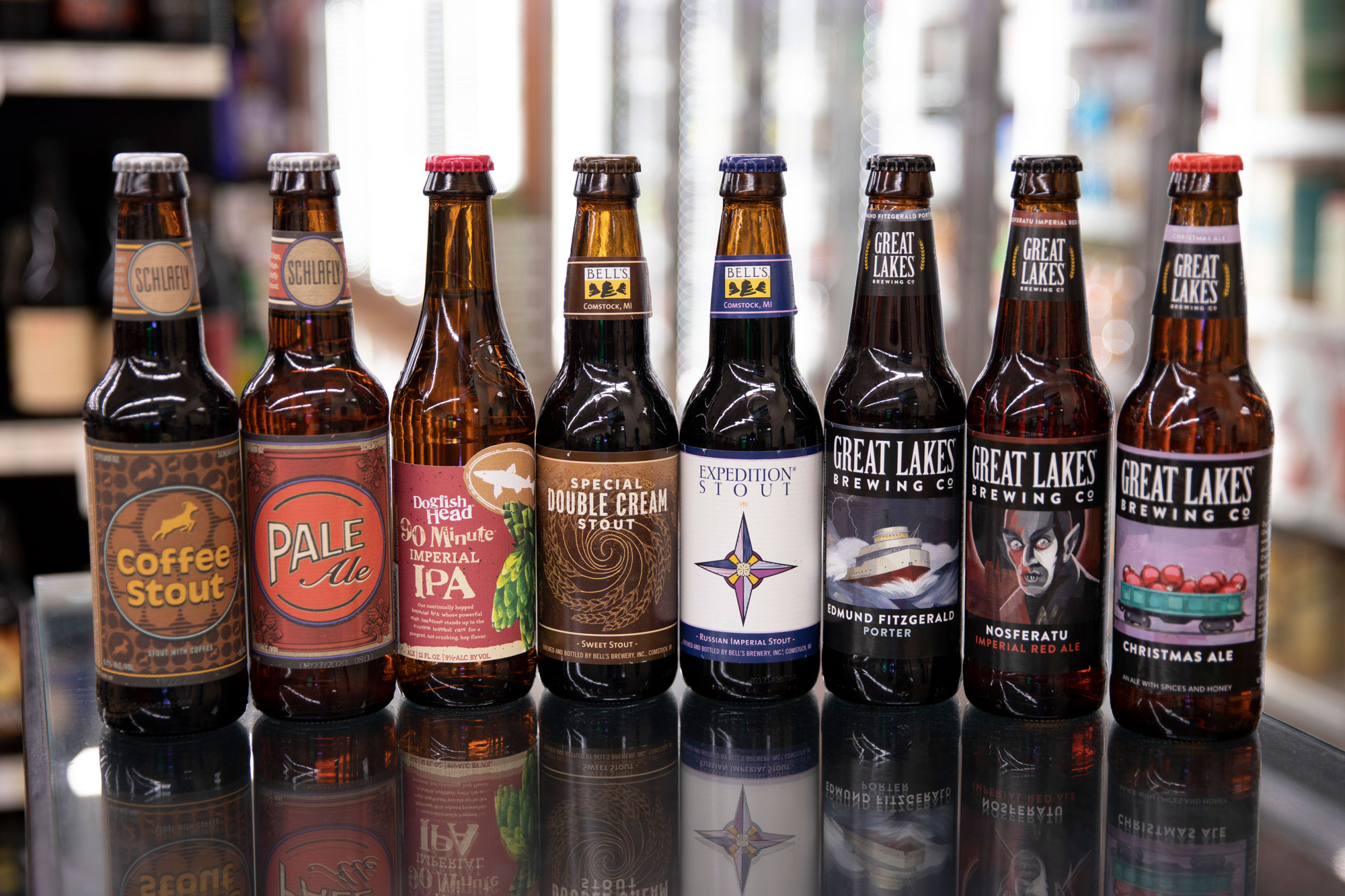Discover Top Breweries in Galveston Texas: Craft Beer at Its Finest
Discover Top Breweries in Galveston Texas: Craft Beer at Its Finest
Blog Article
The Ultimate Distillery Experience: From Grain to Glass, Every Little Thing You Need to Know
Embarking on a trip through the complexities of the distillery procedure introduces a world where science fulfills artistry in the creation of spirits. From the careful choice of grains to the thorough crafting of each bottle, every step in the production line plays a critical role in shaping the final product that beautifies our glasses.
The Art of Grain Selection
Selecting the suitable grains is a critical action in the distillation process, figuring out the taste account and quality of the final product. The type of grain selected substantially affects the personality of the spirit being generated - Seawall Bar. Common grains used in distillation include barley, wheat, corn, and rye, each conveying distinctive tastes and attributes to the end product

Beyond taste factors to consider, the top quality and purity of the grains are critical. Distillers thoroughly resource grains to guarantee they are cost-free from impurities and possess the necessary starch material for fermentation. By grasping the art of grain choice, distillers lay the structure for producing phenomenal spirits that astound the taste.
Purification Refine Demystified
Having actually established the structure with meticulous grain choice, the purification process arises as the transformative phase where the essence of the selected grains is opened and fine-tuned right into a spirited type. The procedure doesn't end there; several purification runs or additional steps such as maturing in barrels may even more improve the spirit, boosting its flavor, complexity, and personality. Comprehending the complexities of the purification process is important for generating high-quality spirits that mesmerize aficionados and fanatics alike.
Barrel Aging and Taste Development
During the barrel aging process, spirits go through a transformative trip as they connect with the timber, soaking up nuanced tastes and creating an abundant intricacy. The kind of timber made use of, typically oak, considerably influences the final preference of the spirit. Oak barrels are preferred for their special residential properties that boost the flavor profile. As spirits age in the barrels, they extract substances such as vanillin, lignin, and tannins from the wood, contributing to the growth of scents like vanilla, caramel, seasoning, and also hints of toasted oak.
In addition, the aging procedure enables for oxidation to happen, resulting in further chemical reactions that smooth the spirit and complete any type of severe edges. The permeable nature of wood also makes it possible for the spirit to take a breath, helping with the integration of tastes gradually. Depending upon the duration of aging and ecological conditions like temperature and moisture, spirits can obtain various features, from refined wood notes to deep, intricate flavors that make each set special. Ultimately, barrel aging plays a crucial function fit the distinctive taste profile of each spirit, providing a sensorial journey for lovers to savor.
Workmanship in Bottling and Labeling
As spirits reach their ideal taste profiles with barrel aging, the meticulous craftsmanship in bottling and labeling comes to be the see following important action in presenting a costs item to consumers. The procedure of classifying and bottling is a vital facet of the overall distillery experience, as it is the final touchpoint prior to the item gets to the hands of consumers (Seawall Bar). Craftsmanship in bottling includes making certain that each container is filled precisely with the spirit, thinking about aspects such as uniformity in fill degrees and the prevention of any contaminations entering the bottle

Tasting and Appreciating Fine Spirits
To fully appreciate fine spirits, one should engage all the senses in a mindful and purposeful tasting experience. When tasting fine spirits, it is important to start by observing the spirit's appearance. Note the shade, quality, and thickness of the fluid in the glass. Swirl the spirit carefully to launch its fragrance. The nose is a crucial feeling in sampling spirits; take a minute to inhale the complex scents deeply. Next, take a tiny sip and allow it remain on your taste buds. Take note of the different tastes that unfold - from fruity and pleasant notes to spicy or smoky touches. Think about the mouthfeel, noting if the spirit is smooth, creamy, or fiery. Swish the spirit in your mouth to fully experience its appearance and taste. Swallow gradually and appreciate the lingering coating. Great spirits typically leave a pleasurable aftertaste that can disclose a lot more about the workmanship and high quality of the beverage. By involving all your senses in this fashion, you can genuinely savor and value the complexities of great spirits.
Verdict
Finally, the distillery experience incorporates the elaborate art of grain option, the accurate purification process, the transformative barrel aging, the thorough craftsmanship in identifying and bottling, and the innovative method of sampling and valuing fine spirits. Each action in the manufacturing process plays a critical role in producing high-grade spirits that captivate the detects and joy connoisseurs worldwide.
The type of grain picked significantly influences the personality of the spirit being generated. By mastering the art of grain choice, distillers lay the structure for creating phenomenal spirits that captivate the taste buds.

Report this page